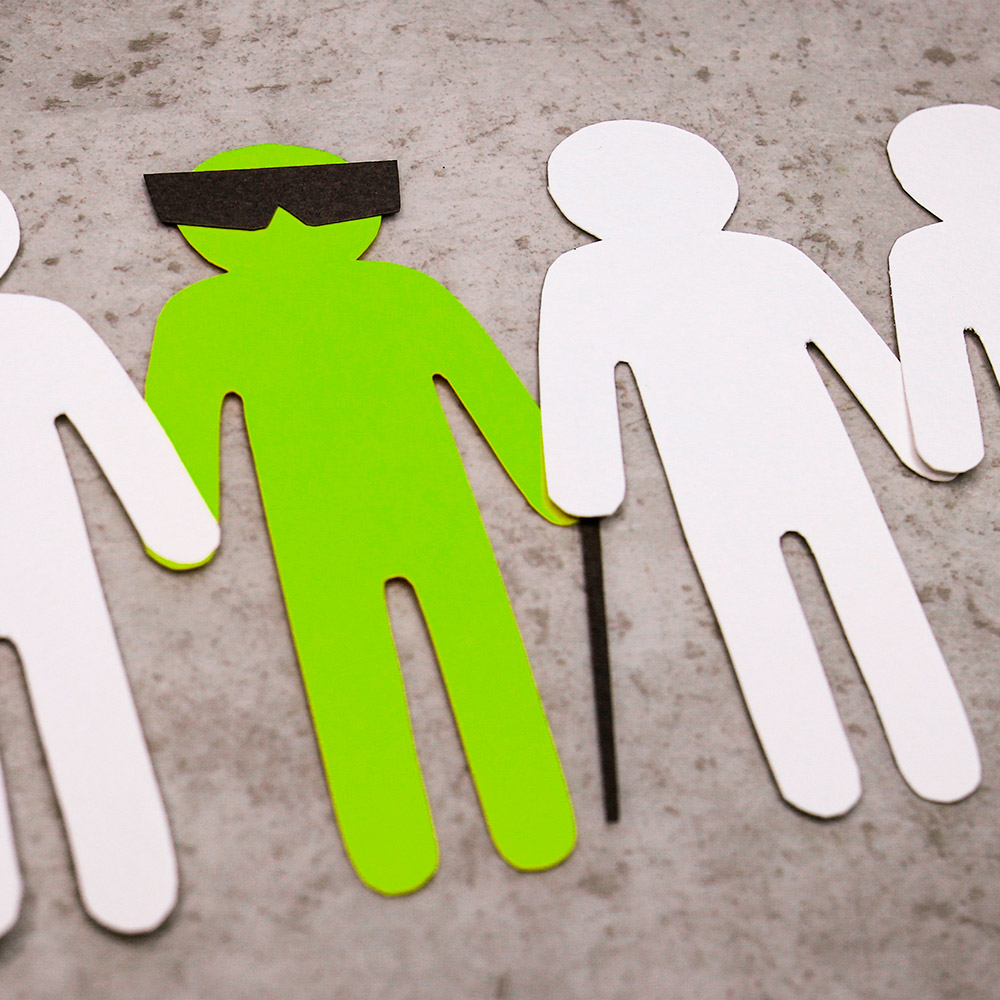The digital landscape has been evolving at a rapid pace, bringing with it unprecedented opportunities and challenges. As we continue to develop and deploy web solutions at an increasing rate, it’s crucial to consider the environmental impact of our digital footprints. Just as industries worldwide have begun to emphasize sustainable practices, the web development community must also take steps to reduce its carbon footprint. The concept of digital sustainability is no longer a ‘nice-to-have’ but a necessary approach in today’s digital age.
Embracing Digital Sustainability: The Path to a Greener Web Build
The Importance of Building Your Website Sustainably
The World Wide Web has grown immensely, and so has its environmental impact. Every server request, image load, and database query consumes energy, and with billions of users accessing websites daily, the environmental toll is substantial.
In recent years, the digital world’s contribution to greenhouse gas emissions has escalated significantly. Every web page we visit results in CO2 emissions due to the electricity consumption of servers and data centers. Shockingly, an average website produces approximately 1.76 grams of CO2 per page view, which might seem minuscule, but with billions of page views occurring daily, the collective impact is substantial. Striving for sustainability is not just an ethical choice but also a necessity to combat climate change.
Building sustainably is not just about cutting CO2 emissions. It’s about creating an efficient, optimized web experience that caters to user needs while being environmentally responsible. As per recent studies, an average website emits 1.76 grams of CO2 per page view. Consider the number of page views larger websites receive, and the figures become staggering.
An optimized web page should ideally emit less than 0.2 grams of CO2 per page view. Websites laden with heavy graphics, non-optimized images, or clunky scripts can far exceed this, making them not only slow but also environmentally detrimental.
It's Easy to Be Sustainable
Digital sustainability doesn’t mean compromising the quality or functionality of a website; on the contrary – green principles are also extremely user-friendly. Here are some steps to ensure your website is both high-performing and green:
- Minimal Performing Content: Reduce your content clutter and keep only what matters. Opt for minimal and efficient code, optimize images and media files, and reduce unnecessary server requests. Leaner websites load faster and consume less energy. Use modern formats like WebP for images and serve content based on the user’s device and connection speed.
- Optimized UX/UI: A well-designed user interface reduces unnecessary page loads, decreasing the amount of server requests and thus energy consumption. You make an effort to eliminate redundant elements and aim for intuitive navigation. By prioritizing simplicity and usability, you are not only saving energy but also streamlining the user experience.
- SEO Optimizations: Efficiently coded sites that follow SEO best practices often align with sustainability goals, resulting in faster load times and better user experiences. Also, higher search engine rankings lead to more traffic, making each page view more impactful.
- Green Hosting: Choose hosting providers that use renewable energy sources or have a carbon offset program in place.
Build Once, Use Many
The concept of “Build once, use many” emphasizes the importance of components re-use and templating. By creating a library of reusable components, developers can save time and energy in subsequent projects. Templating further expedites the web development process, reducing the overall carbon emissions associated with repetitive coding tasks.
This approach not only fosters sustainability but also ensures consistency and scalability across websites. Upgrading or making changes becomes a breeze, and websites can evolve harmoniously with minimal environmental impact.
Adopting a component-based design and development approach ensures:
- Less Redundancy: By reusing components and templates, you avoid redundant coding, leading to faster development and fewer resources used.
- Energy Savings: Every line of code has an associated energy cost. Efficient, reusable code reduces the energy consumed during development and deployment.
Good for the Environment, Good for the Budget
Sustainable web builds are not only beneficial for the environment but also for your bottom line:
- Reduced Costs: Reusage and scalability prices of web build save your budget from the get-go, but even beyond that, there are long-term savings. Optimized websites use fewer server resources, leading to reduced hosting costs.
- Enhanced User Experience: Websites that have more focused content allow the user to find what he wants quickly, creating a positive user experience. Those webs tend to be faster compared to elaborate and cluttered ones. Faster websites also have a positive effect on better user experiences, leading to increased user retention and conversions.
- Time Savings: Efficient, reusable components reduce development time, accelerating project timelines and reducing labor costs. Once the website is live and launched, it also has reduced operational and maintenance costs if built on green principles.
In CMG we believe in the synergy between digital excellence and environmental responsibility and strongly promote embracing digital sustainability as the new norm. Crafting greener websites is not just an environmental imperative but also a strategy that yields tangible business benefits. Let’s work together to build a sustainable digital ecosystem for a brighter tomorrow!


